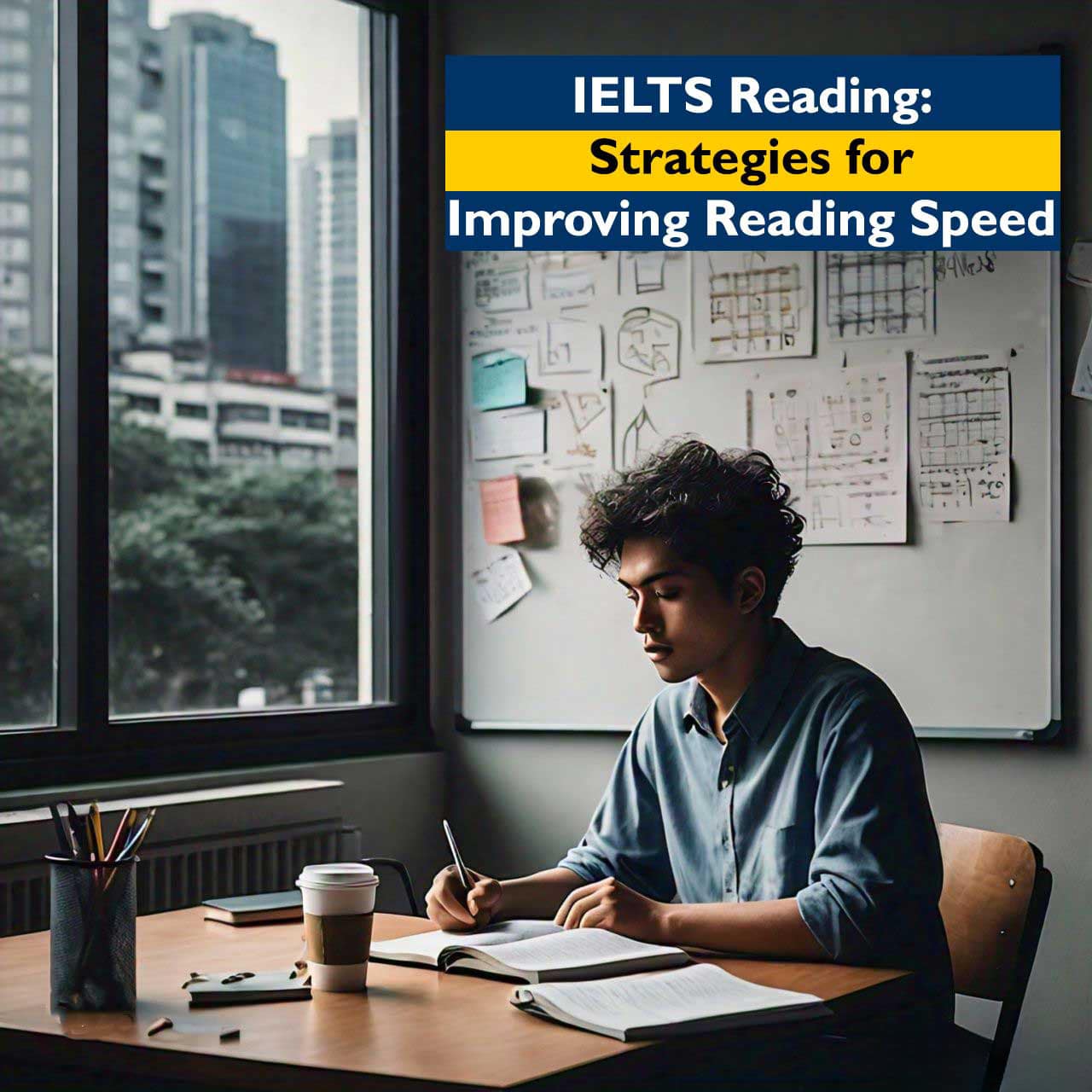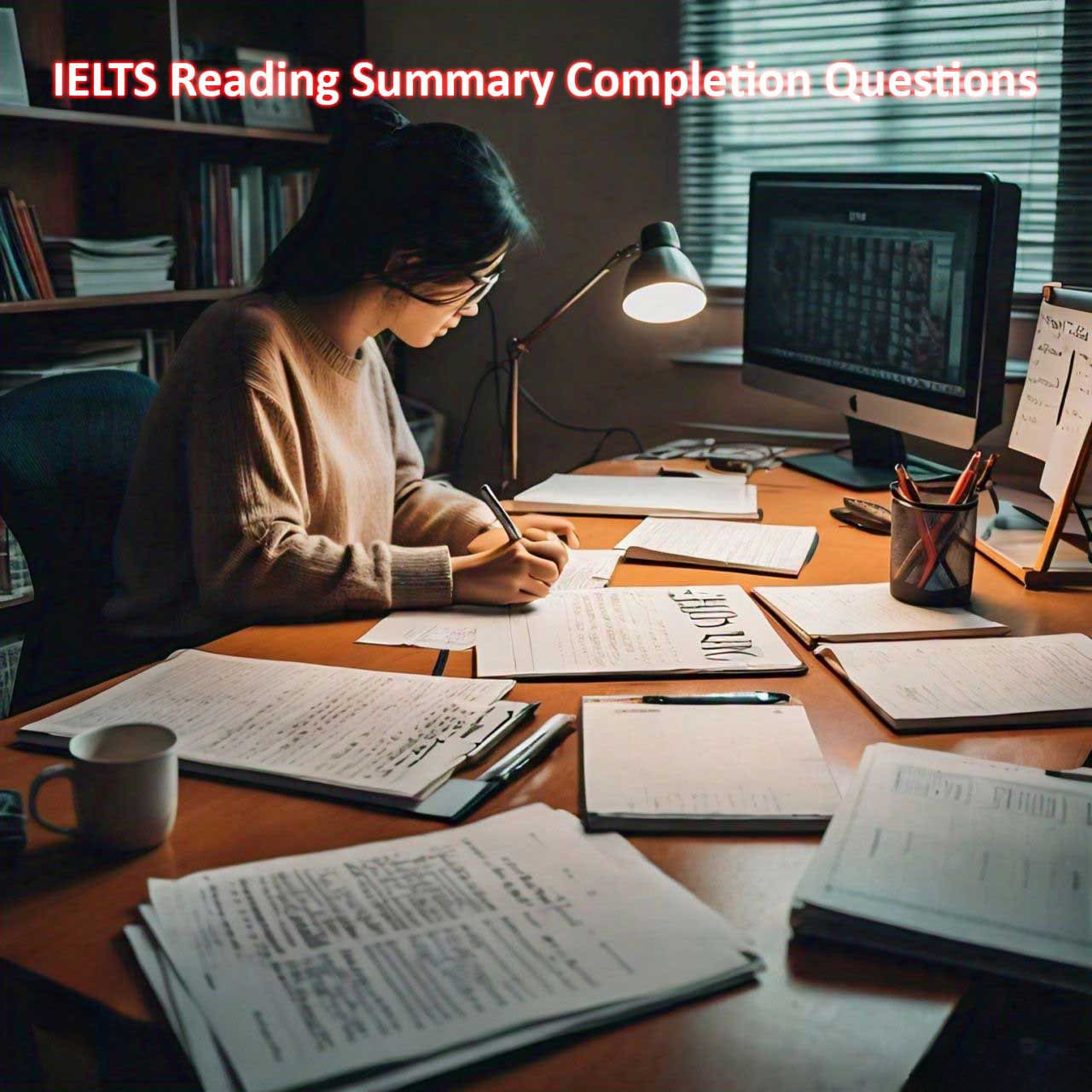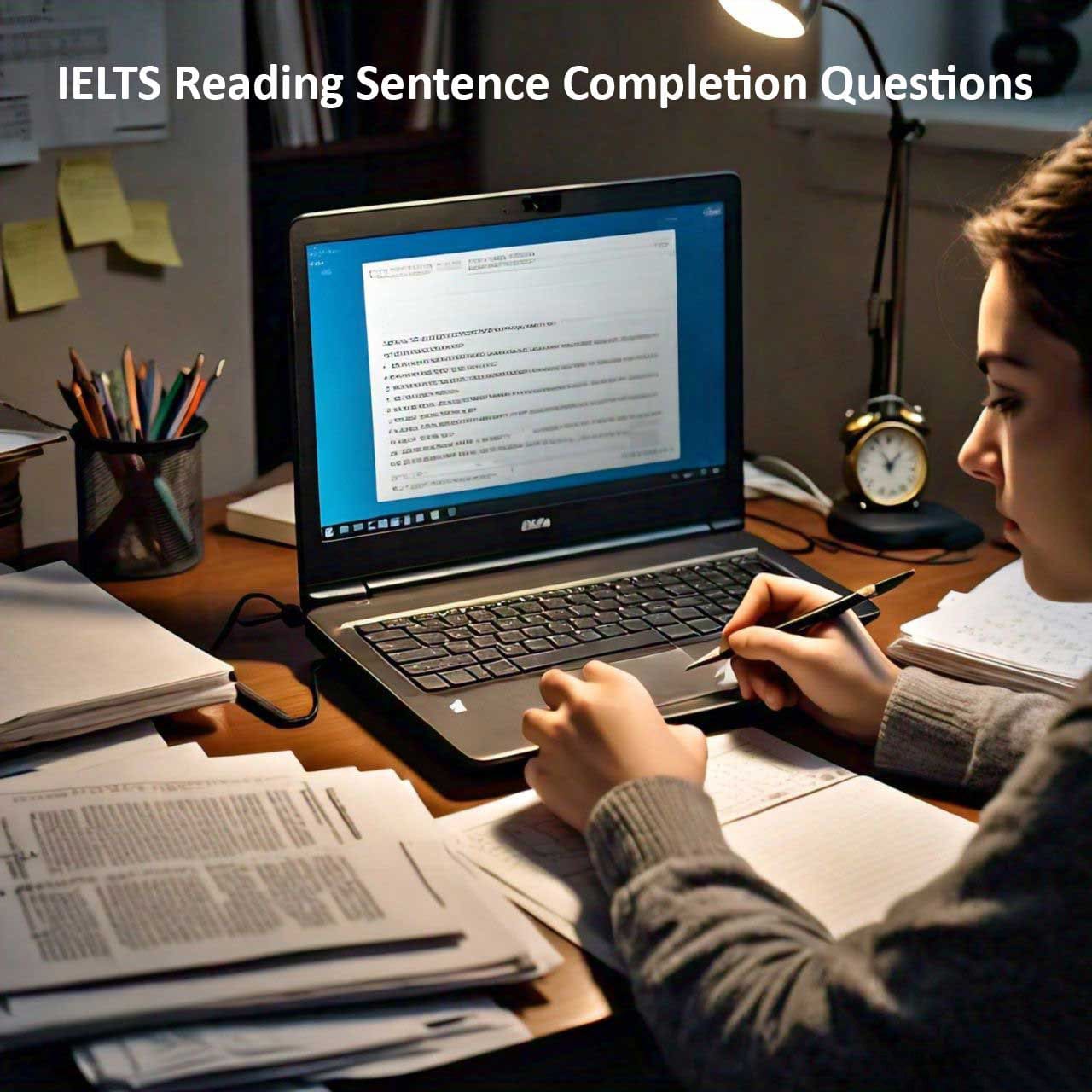The IELTS Reading test is a challenging component of the IELTS exam, requiring you to read and comprehend three long passages and answer 40 questions in just 60 minutes. To excel in this section, you need not only strong comprehension skills but also the ability to read quickly and efficiently. Here’s a guide to improving your reading speed, helping you manage your time better and boost your performance in the IELTS Reading test.
Table of Contents
Understanding the Importance of Reading Speed
Reading speed is crucial in the IELTS Reading test for several reasons:
– Time Management: With only 60 minutes to read three passages and answer 40 questions, efficient reading is essential.
– Accuracy: Faster reading allows more time to focus on understanding and answering questions accurately.
– Confidence: Improved reading speed reduces stress, giving you more confidence to handle the test effectively.
Strategies for Improving Reading Speed
1. Practice Regularly
Regular practice is key to improving reading speed. Make reading a daily habit, incorporating a variety of English texts such as newspapers, academic journals, and online articles. The more you read, the more familiar you become with different writing styles and vocabulary, which helps increase your speed.
2. Use Timed Practice Tests
Timed practice tests simulate exam conditions and help you get used to the pace required for the IELTS Reading test. Set a timer and aim to complete each passage and its questions within the allotted time. Gradually reduce the time as you become more comfortable.
3. Skim and Scan
Skimming and scanning are essential techniques for quick reading:
– Skimming: Quickly read through the passage to get a general idea of the content. Focus on headings, subheadings, and the first and last sentences of paragraphs.
– Scanning: Look for specific information or keywords related to the questions. Move your eyes rapidly over the text until you find the relevant information.
4. Expand Your Vocabulary
A strong vocabulary allows you to read and understand texts more quickly. Use vocabulary-building tools such as flashcards, word lists, and apps. Focus on learning synonyms, antonyms, and word families to recognize different forms of the same word.
5. Avoid Subvocalization
Subvocalization is the habit of silently pronouncing each word in your mind as you read. While this can improve comprehension, it slows down your reading speed. Practice reading in chunks, focusing on groups of words or entire sentences rather than individual words.
6. Improve Eye Movement
Efficient eye movement is crucial for fast reading. Avoid backtracking or re-reading the same lines. Practice moving your eyes smoothly across the text, focusing on one line at a time. Use your finger or a pointer to guide your eyes if necessary.
7. Prioritize Important Information
Not all parts of a passage are equally important. Focus on understanding the main ideas and key details. Questions often relate to specific parts of the text, so prioritize finding and comprehending these sections.
8. Take Care of Your Health
Good physical and mental health contribute to better concentration and reading speed. Ensure you get enough sleep, eat a balanced diet, and stay hydrated. Regular exercise and stress-relief activities like meditation can also improve your focus.
9. Use Online Tools and Apps
There are numerous online tools and apps designed to help improve reading speed and comprehension. Programs like Spreeder and Speed Reader offer guided practice and track your progress. Use these resources to enhance your reading skills systematically.
Practical Exercises for Improving Reading Speed
1. Speed Reading Drills
– Set a timer for one minute and read as much as you can from a passage.
– Mark the point you reached and count the words.
– Repeat the exercise, trying to increase the number of words read each time.
2. Chunking Practice
– Take a passage and divide it into chunks of three to five words.
– Practice reading each chunk as a single unit.
– Gradually increase the chunk size as you become more comfortable.
3. Vocabulary Flashcards
– Create flashcards with new vocabulary words and their definitions.
– Practice regularly, focusing on both recognition and usage in sentences.
Final Thoughts
Improving your reading speed for the IELTS Reading test requires consistent practice and the application of effective strategies. By incorporating techniques such as skimming and scanning, expanding your vocabulary, and practicing timed tests, you can enhance your reading efficiency and boost your overall performance. Remember, the goal is to read quickly without compromising comprehension. With dedication and regular practice, you can achieve the speed and accuracy needed to excel in the IELTS Reading test. Good luck!



